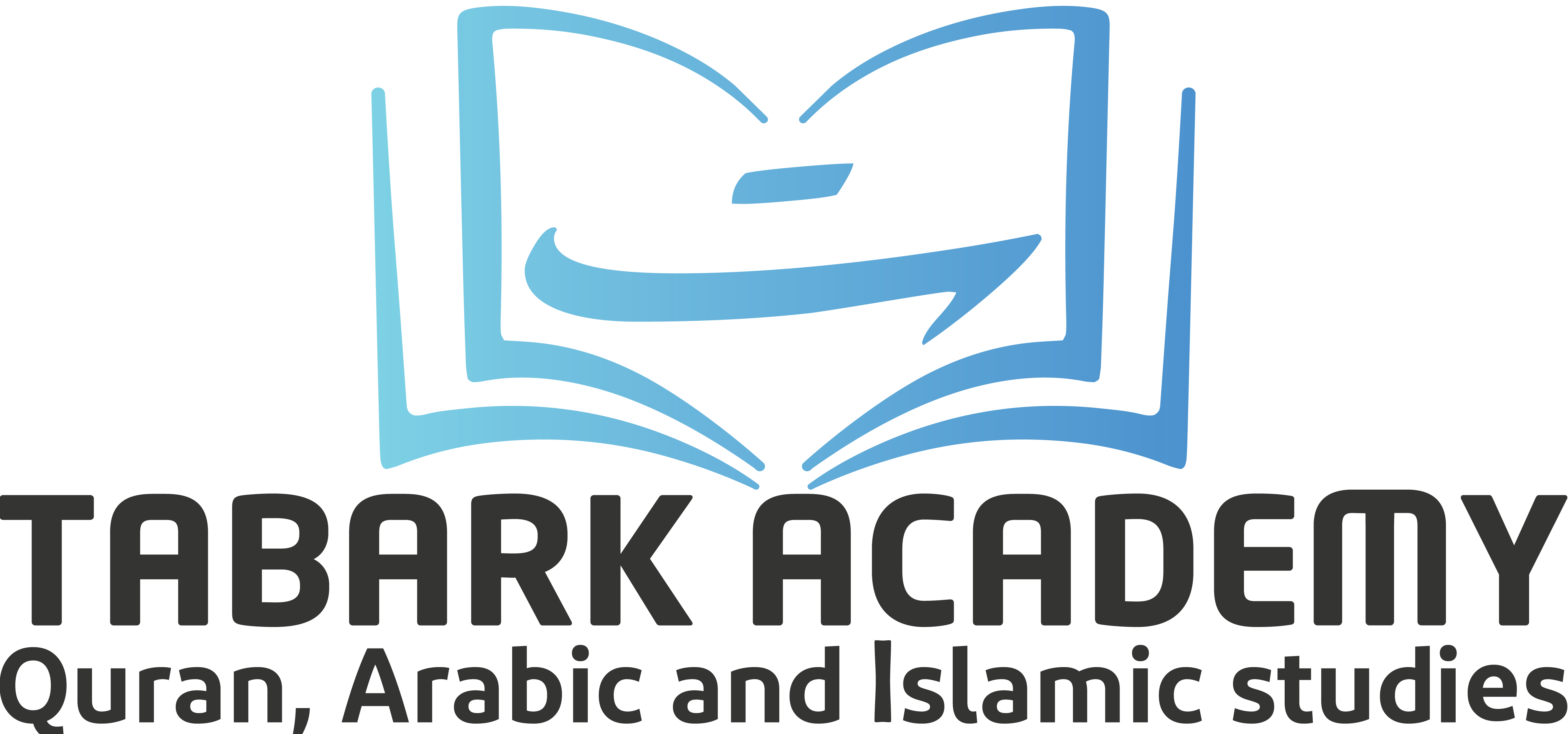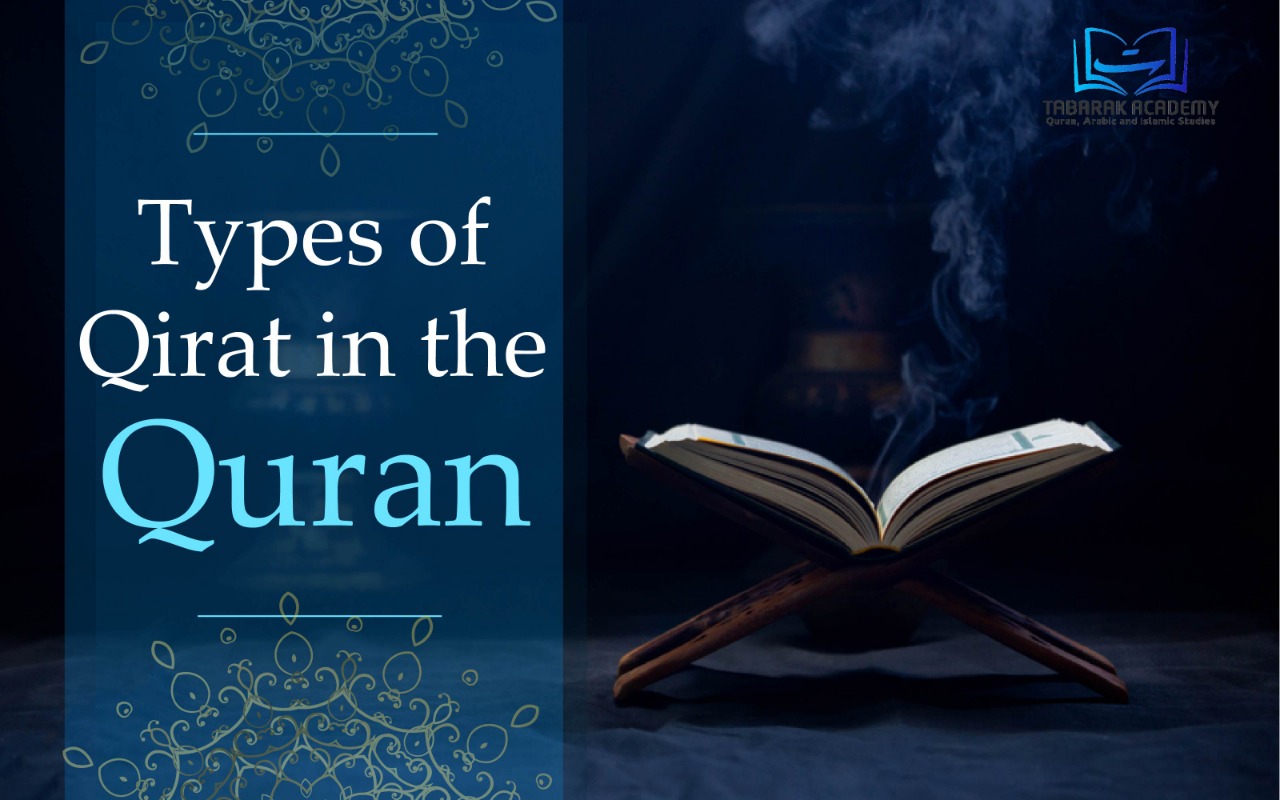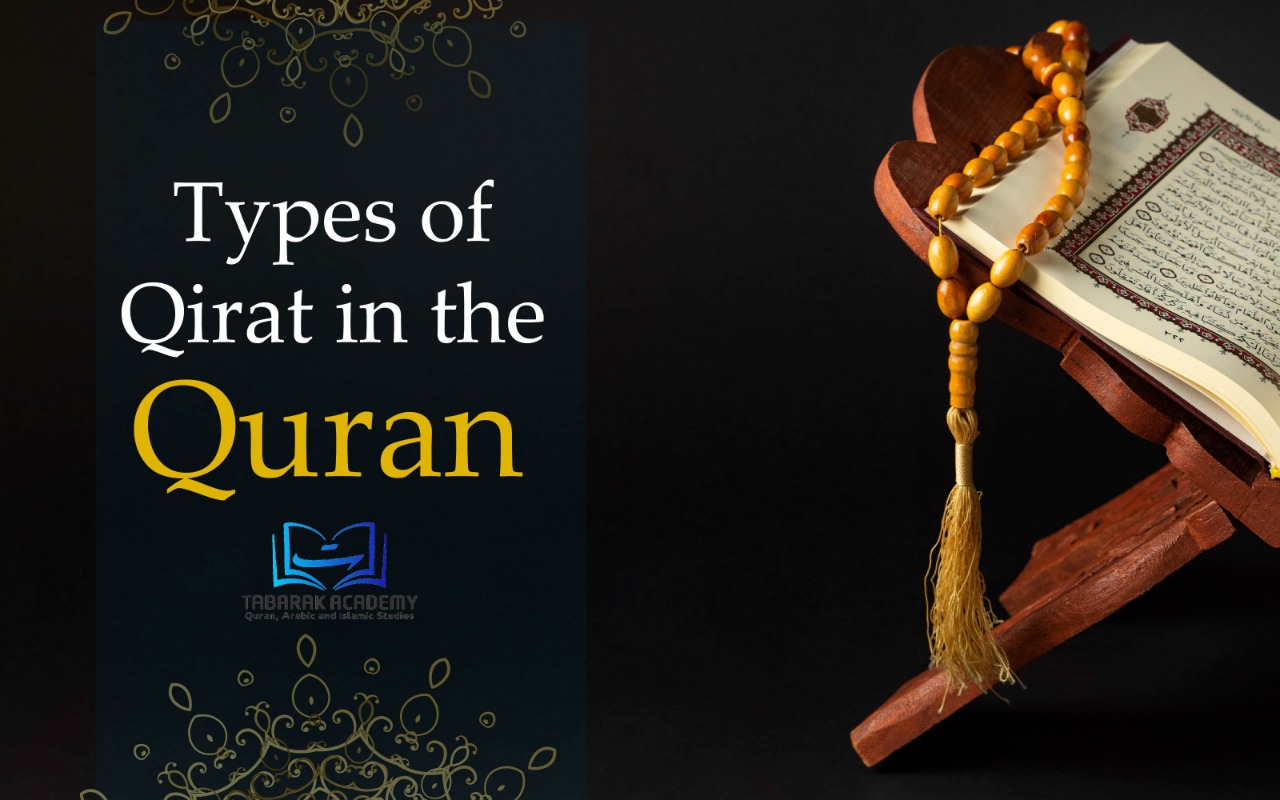7 Types of Qirat in the Quran
The holy Quran isn’t a book narrating the stories of people from old times rather it unlocks the instructions and guidelines from our creator that can change our lives. Virtues of the Holy Quran are countless. This book is not only our key to paradise but it can make our worldly life peaceful and fulfilling if we act upon it.
Moreover, reciting and memorizing the Quran assist us in appreciating this beautiful world, all creatures, and everything present here because Allah Almighty is the lord of all these things. If you think that Quran learning is difficult because you have to manage work/school and family, then you can also learn Quran online.
Quran recitation or Qirat also offers us reward as we get 10 good deeds on every letter of the Quran. You might be aware of different ways of recitation of the Quran but, are they different versions of the Quran?
To know the answer and other details, keep reading.
Some History of Different Modes of Recitation of Quran
From Prophet (PBUH)’s time, the way of Quranic recitation was being passed on from one peer group to the next. The Hafidhs (people who memorized the Quran) were reciting in different styles of narration.
During the era of the successors (i.e., the people who came after the companions of Prophet PBUH) and soon afterward those extraordinary reciters became famous as tutors of Qur’anic readings in different places like Madina, Makkah, Kufa, greater Syria (al-Sham), and Basra.
People from every corner of the growing Muslim state started coming to them to learn their styles of recitations. Their names got attached with their modes of recitation later on.
We commonly notice that people say this person follows the recitation of Nafi’or Ibn Kathir for example, but it doesn’t mean that these different types of Qirat of the Quran were originated by those recitors.
These types of Qirat got their names after the names of those narrators simply because their version of the Prophetic method of reading was commended for validity and accuracy.
So, the Recitation of Quran with tajweed differs in principals, the pronunciation of some rare words, or the form of a certain word with a similar root as a different word.
In the eighteen century, George Sale, a Quran translator discovered that there are seven main versions of the Quran. Two were used in Medina, while, one different edition was present in each of these cities named Mecca, Kufa, Basra, and Syria. The seventh edition was the common edition.
Qirat Defined
Qirat is plural of Qirah. In Islam, it means the many different ways in which Holy Quran is recited. There are diverse, phonetic, lexical, linguistic, morphological, and syntactical methods allowed with reciting the Quran.
There are distinct instructions for recitation and differences in words and letters. Moreover, Qirat also means a division of Islamic education that sets these recitation manners. Therefore, Qirat deals with the voicing of the Quran, and the Holy Quran is conserved in Qirat.
What is the Meaning of Qirat?
The word Qirat belongs to the Arabic language and its root word is Qirah (قراءة), which means ‘reading’. Its literal meaning is reciting or reading something. In English, it refers to the action of reciting a written piece aloud from memory.
Different Islamic scholars have different opinions about the technical meaning of this term in Islam. However, it’s commonly defined as the ways and rules of pronouncing the Qur’anic verses. A person who does Qirah (recites the Quran) is known as Qari.
Different Types of Qirat of the Quran
The types of Qirat refer to how the well-known expert chain holders (the Rawis) read the Quran. All the names of the types of Qirat are derived from the names of well-known Rawis, who recounted them with an authentic and recognized chain.
Different types of Qirat of the Quran confirm that it is the word of Allah (SWT) and well-preserved even after many centuries. All these methods of Qirat have been narrated with an authentic and direct chain of narrators back to the Prophet Mohammad (PBUH).
The Seven Types of Qirat
The types of Qirat mentioned below are categorized as Mutawatir. It means to pass on something with autonomous series of authorities so wide-ranging as to remove the likelihood of any error and all authorities have a common consent about its accuracy.
On top of that, these methods were carefully chosen by Abu Bakr ibn Mujahid, a Qur’anic scholar famous in the domain of Qirat.
Ibn Katheer Al-Makki
This way of recitation was preserved by Qunbul and Al-Buzzi, and both of them plus Imam Shafi used to recite using this manner. The full name of the recitor of this type is Abdullah, Abu Ma’bad al-‘Attar al-Dari.
Naafi’ Al-Madani
This way of recitation was preserved by Warsh and Qaloon and used by Imam Ahmad ibn Hanbal (RA) and Imam Malik (RA). The full name of the recitor of this type is ibn ‘Abd ar-Rahman Ibn Abi Na’im, Abu Ruwaym al-Laythi.
Abu Amr al-Basri
This way of recitation was preserved by As-Soosi and Ad-Doori. The full name of the recitor of this type is Zuban Ibn al-‘Ala’ at-Tamimi al-Mazini, al-Basri.
Ibn Aamir ash-Shami
This way of recitation was preserved and recited by Ibn Dhakwan and Hisham. The full name of the recitor of this type is Abdullah Ibn ‘Amir Ibn Yazid Ibn Tamim Ibn Rabi’ah al-Yahsibi.
Asim Al-Kufi
This way of recitation was preserved by Hafs and Shuba. Also, Imam Ahmad ibn Hanbal (RA) and Imam Abu Hanifa (RA) used to recite Quran in this way. The full name of the recitor of this type is Abu Bakr, ‘Aasim Ibn Abi al-Najud al-‘Asadi.
Hamzah al-Kufi
This way of recitation was preserved by two renowned Qaris whose names are Khallad and Khalaf. Qirat Khalaf al-Bazzaris, which is another type of Qirat, is also narrated by Khalaf. The full name of the recitor of this type is Abu ‘Imarah, Hamzah Ibn Habib al-Zayyat al-Taymi.
Al-Kisaa’i (Kufa)
This way of recitation was preserved by Al-Layth and Ad-Doori. The full name of the recitor of this type is Abu al-Hasan, ‘Ali Ibn Hamzah al-Asadi.
The actual number of different types of Qirat of the Quran is 10 but generally, only seven are considered. The cause is that at the beginning of the Muslim invasion, the seven well-known scholars remained in a certain region with their students.
The remaining three migrated to certain regions across the globe until a scholar called Ibn el Jazerry toured all over the world and discovered other three recitation methods. Still, the other three types of Qirat are not counted in most of the time.
Conclusion
We recite the Glorious Quran in five prayers every day, liturgical worship as well as in our houses, cars, and shops. Beautifying our voices to read Quran is a beautiful practice and also a great sunnah.
We read in Quran in different ways to make our recitation proper and beautiful so that we can honor this book as we should honor it.



